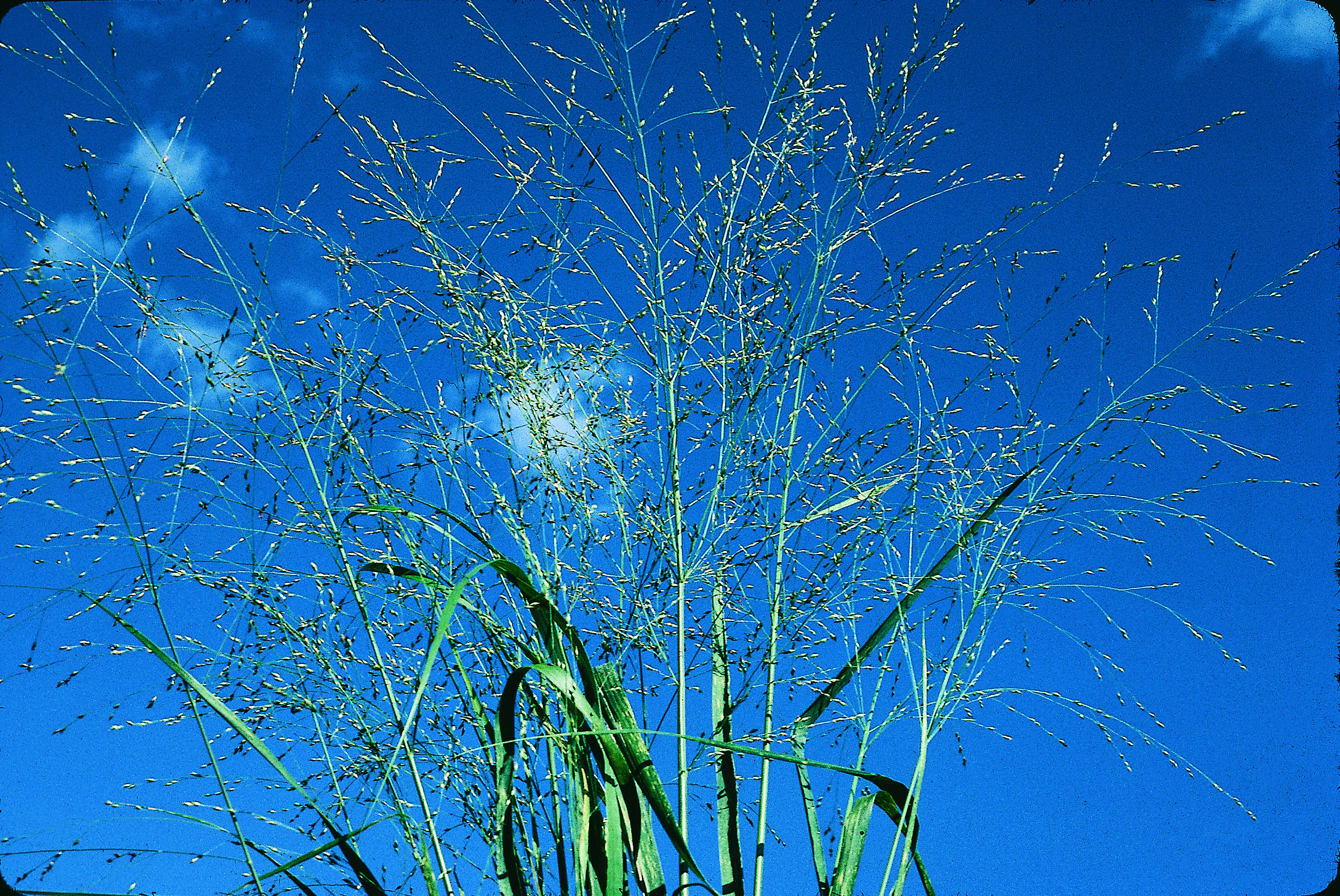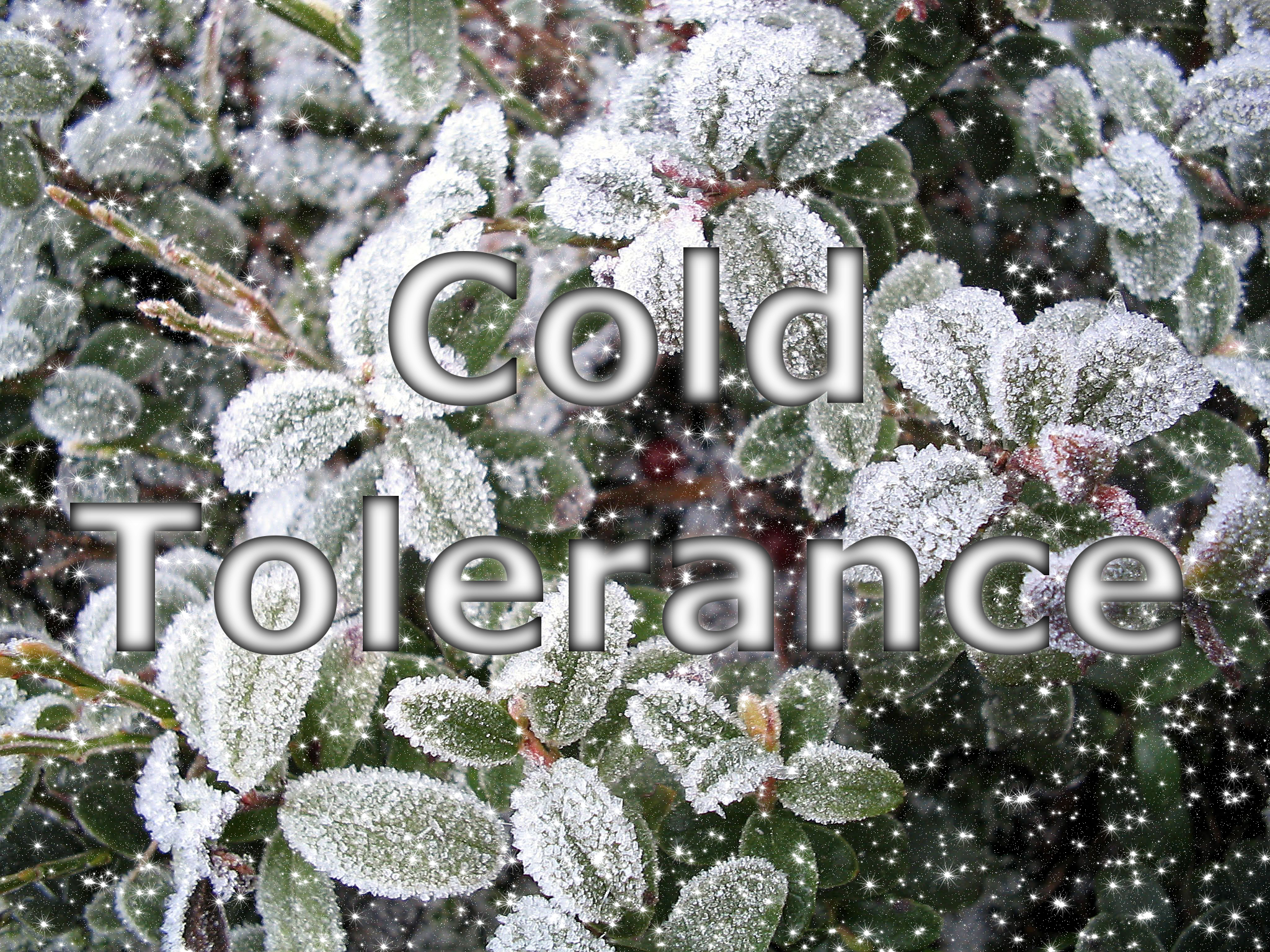


Fructans, fructose-based oligo- and polysaccharides, and RFO can increase stability of phospholipidic mono- and bilayers by direct insertion between polar headgroups ( Vereyken et al., 2001 Hincha et al., 2003). Sucrose (Suc) can directly protect cell membranes by interacting with the phosphate in their lipid headgroups, decreasing membrane permeability ( Strauss and Hauser, 1986). Different saccharides are capable to directly stabilize biological membranes under stress conditions. One of the major factors affecting overall cellular stability under CS is membrane phospholipid composition regulating membrane fluidity ( Ruelland and Collin, 2011 and references therein) associated with cold stimulus perception, as suggested by the protein kinases cascade activation triggered by dimethyl sulfoxide (DMSO)-mediated membrane rigidification ( Furuya et al., 2014). Despite this well-known correlation, more recent investigations shed light on the potential underlying biological mechanisms involved ( Valluru et al., 2008 Sicher, 2011 Peng et al., 2014). Among them, particular focus was recently given to understand the multifunctional role of soluble sugars in enhancing cold tolerance ( Nägele and Heyer, 2013).Īccumulation of soluble sugars following CS is known since long ( Levitt, 1958), including studies on their potential roles in stabilizing biological components, particularly for Raffinose Family Oligosaccharides (RFO) ( Santarius, 1973). Several metabolites are known to contribute to this process, including amino acids, polyamines, polyols, and soluble sugars ( Krasensky and Jonak, 2012 and references therein). Clearly, these modifications are mainly linked to the onset of tolerance mechanisms, which ultimately lead to acclimation.

CS responses at the cellular level are characterized by an extensive reprogramming of gene expression and metabolic fluxes ( Stitt and Hurry, 2002 Miura and Furumoto, 2013). In this respect, chilling (15-0☌) and freezing (<0☌) stress should be distinguished ( Thomashow, 2010). Among them, cold stress (CS) is a major environmental factor limiting agricultural productivity and geographic distribution ( Chinnusamy et al., 2007). 54(6):2631-2638.In their natural habitat, plants are continuously challenged by adverse environmental conditions. Novel germplasm and screening methods for early cold tolerance in sorghum. Genetic architecture of photosynthesis in Sorghum bicolor under non-stress and cold stress conditions. Baker Center for Plant Breeding, Sorghum Checkoff Program Considering that it is important to find additional sources of variation for the trait, we are characterizing an unexploited set of sorghum accessions under controlled and field conditions to determine their potential to contribute cold tolerant characteristics to our breeding program.įunding: R.F. However, a limited number of sorghum lines have been classified as cold tolerant at germination and these lines have undesirable agronomic characteristics that have hindered their use in sorghum breeding programs. QTL have been identified and could be incorporated into a marker-assisted breeding program after validation. Sorghum cold tolerance at germination has been characterized as a highly heritable trait, with significant general combining ability. Tolerance to cold temperatures at germination is also essential to expand sorghum cultivation to more extreme latitudes and it is a required trait for no-till or minimum-tillage practices in temperate climates. Tolerance to low temperatures at germination is not only desirable to ensure a good stand but it would also facilitate early planting, which could translate into longer growing seasons and, therefore, higher yields. Therefore, low soil temperature during early season is one of the major limitations for sorghum production in temperate climates. Sorghum can be cultivated in many countries and regions in the world but it is best adapted to tropical and subtropical areas due to its African origin.


 0 kommentar(er)
0 kommentar(er)
